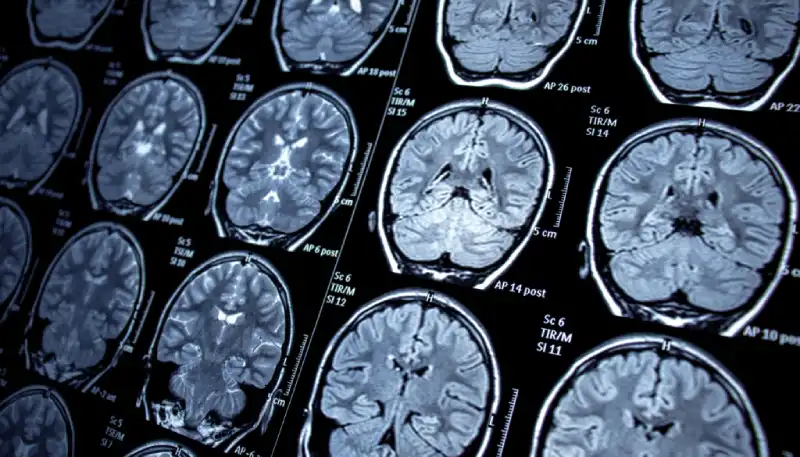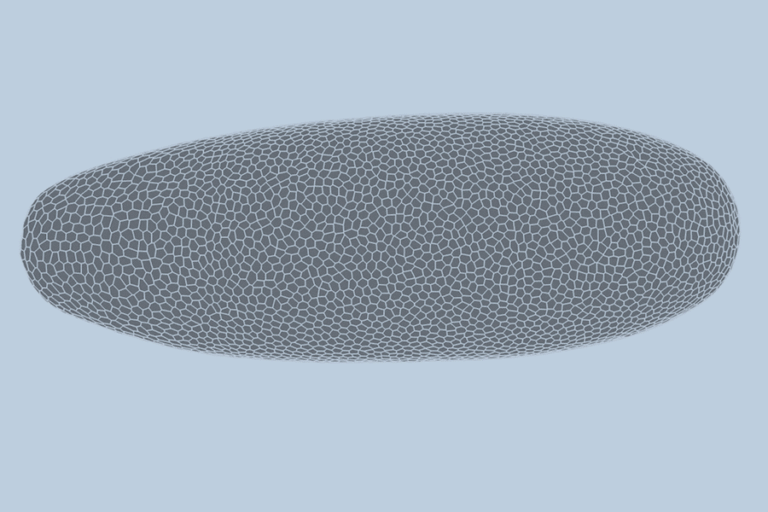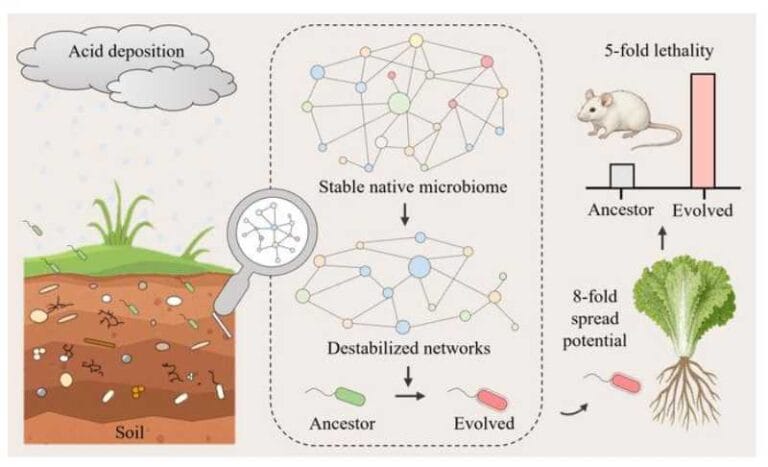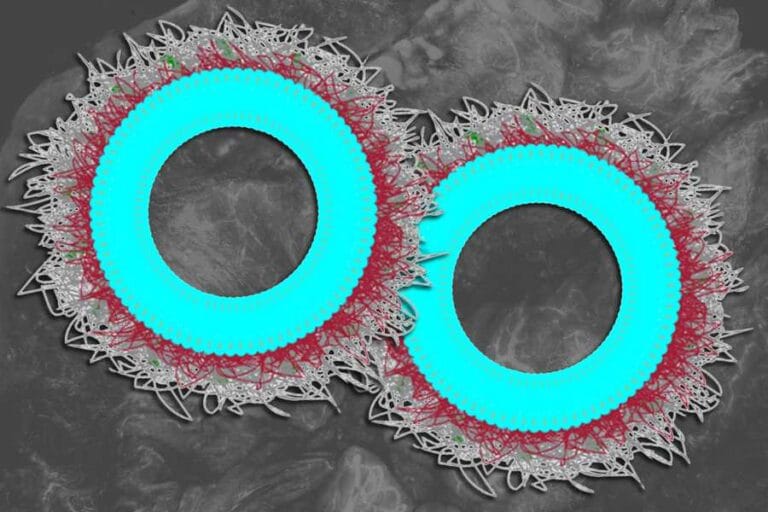How Your Brain Decides to Keep Going or Give Up

When we feel mentally exhausted, our brain may be performing silent calculations that go beyond the simple sensation of tiredness. A new study using functional magnetic resonance imaging (fMRI) revealed that two specific regions of the brain become active when we experience cognitive fatigue — suggesting that the brain weighs whether it’s worth continuing a mental effort or giving up.
Conducted by researchers from Johns Hopkins University and the Kennedy Krieger Institute, the experiment involved 28 healthy volunteers between the ages of 21 and 29, who were subjected to working memory tests while being monitored by fMRI. The goal was to deliberately induce cognitive fatigue and observe how the brain responds to that state.
“Our lab studies how [our minds] assign value to effort,” explains Vikram Chib, Ph.D., an associate professor of biomedical engineering at the Johns Hopkins University School of Medicine. “We understand less about the biology of cognitive tasks like memory and recall than we do about physical tasks, even though both require a lot of effort.”
During the tests, participants viewed letters appearing in sequence on a screen. They were then asked to recall the position of specific letters within that sequence. The further back in time the letter had appeared, the more challenging the task — and the greater the mental effort required.
To boost motivation, volunteers were offered increasing cash rewards, ranging from \$1 to \$8, depending on the difficulty level faced. Before and after each round, they rated their own level of fatigue.
The results were clear: the greater the reported feeling of fatigue, the higher the activity and connectivity between two brain areas — the right insula, known for processing internal states such as pain and exhaustion, and the dorsolateral prefrontal cortex, involved in working memory and executive control. In all participants, activity in these regions more than doubled compared to baseline levels.
“Our study was designed to induce cognitive fatigue and observe how decisions to keep exerting effort change in response to that fatigue, as well as to identify the brain areas where those decisions are made,” says Chib.
Advertisement - Continue Reading Below
A key point was the relationship between motivation and mental persistence. The researchers noticed that volunteers only pushed themselves during the hardest levels of the task when the monetary rewards were substantially higher. According to Chib, this suggests that external incentives can compensate for the feeling of mental fatigue.
“This result wasn’t entirely surprising, considering we had already observed the same need for incentives to motivate physical effort,” he notes. He emphasizes that “these two brain areas seem to work together to avoid further cognitive effort — unless there’s a good reward.”
The discovery has direct implications for conditions like depression and post-traumatic stress disorder (PTSD), in which cognitive fatigue is a common symptom. “Now that we’ve likely identified some of the neural circuits of cognitive effort in healthy individuals, the next step is to understand how this fatigue manifests in the brains of people with these disorders,” Chib adds.
The idea is that by mapping the brain mechanisms involved in mental fatigue, it may be possible to develop more effective therapeutic approaches. This includes both medication and cognitive behavioral therapy strategies.
Still, the researchers acknowledge the study’s limitations. While fMRI is useful for tracking blood flow in broad areas of the brain, it does not directly measure neuronal activity. In addition, the tests were conducted in a controlled environment with specific tasks — a setting that differs significantly from the real-world situations in which mental fatigue typically occurs.
“This study was conducted using very specific cognitive tasks inside an MRI scanner. It will be important to determine whether these results apply to other forms of mental effort and to real-life situations,” Chib notes.
Advertisement - Continue Reading Below
The full study is available in the Journal of Neuroscience and was funded by the U.S. National Institutes of Health (NIH).






